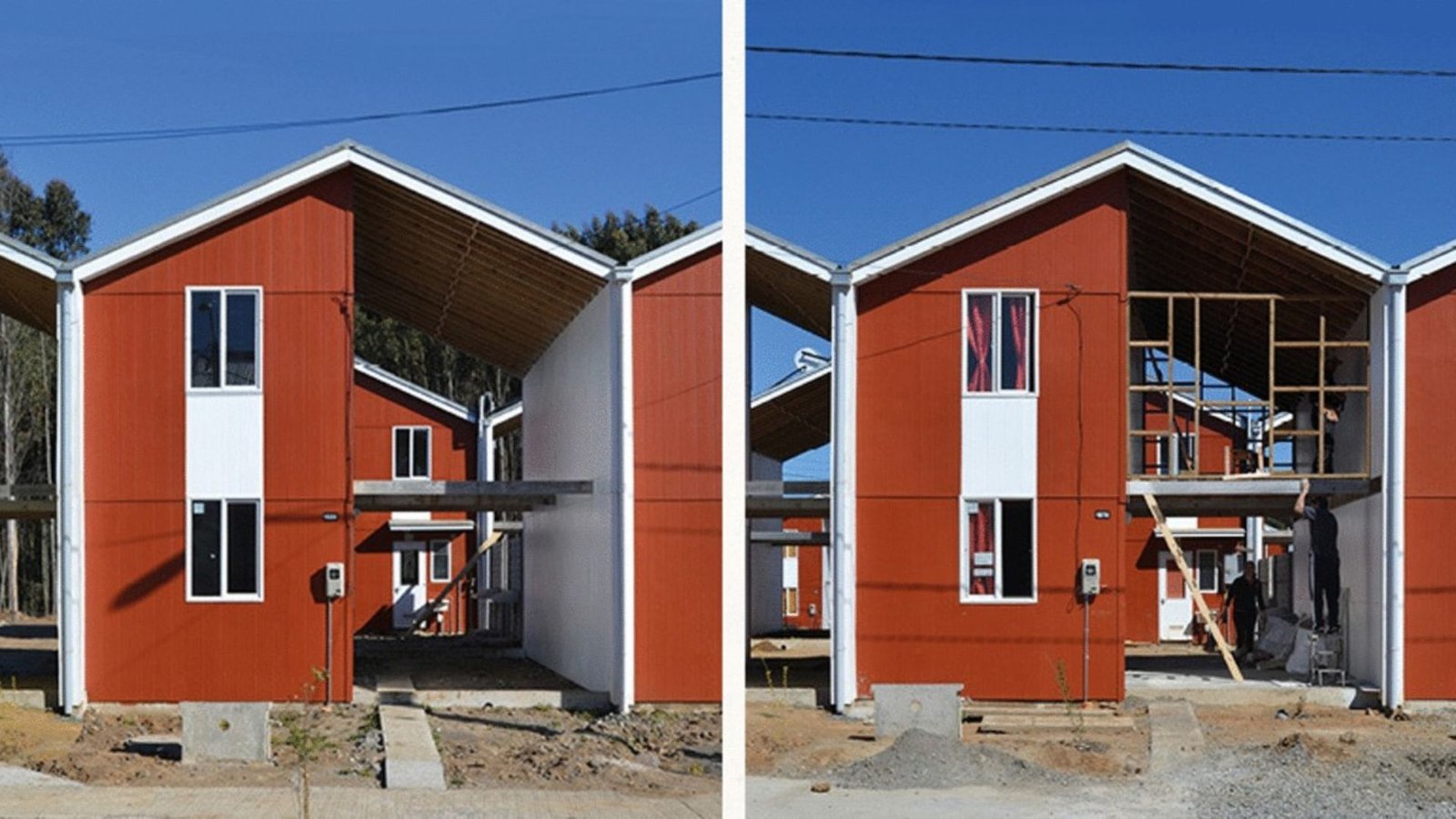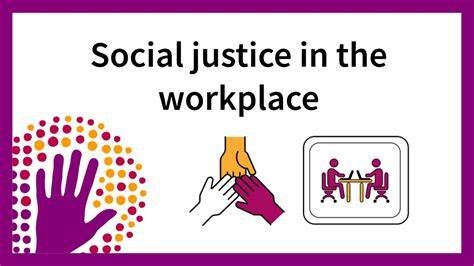Housing inequality is one of the most pressing issues faced by communities worldwide. Approaches to address housing inequality must be comprehensive, aiming to provide affordable, safe, and stable housing for everyone. The gap between rich and poor when it comes to housing access has been growing, and the COVID-19 pandemic has only made this more evident. Whether you’re an advocate, policymaker, or a concerned individual, understanding these approaches is crucial for making a lasting change. In this article, we’ll highlight some of the best approaches to address housing inequality.
Understanding Housing Inequality
Before going into the approaches to address housing inequality, it’s important to understand what it is. Housing inequality occurs when some groups, often based on income, race, or family background, face barriers to securing affordable housing. This results in disparities in access to safe housing, which impacts health, education, and quality of life. The problem is complex, and addressing it requires a multi-faceted approach.

1. Increasing Affordable Housing Availability
One of the most direct approaches to address housing inequality is to increase the supply of affordable housing. Cities around the world are facing shortages, and those who need housing the most are being left behind. Governments and non-profits can collaborate to build more low-cost housing units. Expanding affordable housing ensures that those who are struggling financially have access to a safe place to live.
2. Rent Control and Rent Subsidies
Another effective way of addressing housing inequality is through rent control measures and rent subsidies. Rent control ensures that landlords cannot raise rents beyond a certain level, keeping housing affordable for low-income tenants. Rent subsidies, on the other hand, help individuals and families pay for housing by offering financial support. These measures can provide immediate relief to those who are struggling to afford rising rent costs, making it one of the most impactful approaches to address housing inequality.
3. Improving Access to Homeownership
Homeownership is often seen as the ultimate symbol of financial security and stability. However, many low-income families find it difficult to purchase a home due to high prices and limited access to credit. Approaches to address housing inequality can include programs that provide down payment assistance, financial literacy education, and easier access to affordable mortgage options. By making homeownership more accessible, communities can achieve long-term stability and wealth-building opportunities.
4. Strengthening Housing Rights Laws
One of the most important approaches to address housing inequality is to ensure that housing rights are protected by law. In many parts of the world, tenants are at risk of being unfairly evicted or discriminated against. Governments must enforce stronger laws to protect renters and prevent discrimination based on race, gender, or socioeconomic status. These protections can ensure that everyone has access to housing, regardless of their background.
5. Addressing Discriminatory Practices
Discriminatory practices, such as redlining, have historically excluded certain communities, particularly people of color, from accessing quality housing. To combat this, approaches to address housing inequality must include policies that ensure equal access to housing opportunities. This could involve monitoring housing markets to ensure fair practices, offering incentives to encourage diversity in neighborhoods, and taking action against discriminatory practices.
6. Enhancing Public Housing Programs
Public housing is a crucial aspect of tackling housing inequality. These programs provide affordable housing options for low-income families. Expanding public housing and ensuring it is well-maintained is an important step toward improving living conditions for those in need. By investing in public housing, cities can provide more options for people facing housing insecurity.
7. Supporting Homelessness Prevention Programs
Homelessness is a severe consequence of housing inequality. Many individuals and families are one paycheck away from losing their homes. Preventing homelessness through support services, like rental assistance, mental health care, and job training programs, is a critical approach. These programs can help people stay in their homes and prevent the devastating effects of homelessness.
8. Zoning Reform
Zoning laws often restrict the availability of affordable housing by limiting the types of buildings that can be constructed in certain areas. These restrictions can drive up housing costs and limit the availability of affordable options. Zoning reform, including the allowance for more multi-family units and mixed-income developments, is one of the most important approaches to address housing inequality. By changing zoning laws, cities can promote the development of affordable housing in a variety of neighborhoods.
9. Investment in Infrastructure and Community Development
Building affordable housing is only one part of the equation. Approaches to address housing inequality also need to include investing in the surrounding infrastructure and community development. This can involve improving public transportation, access to education, healthcare, and other essential services. Creating communities that offer economic opportunities, safe environments, and amenities is crucial to ensuring long-term success in addressing housing inequality.
10. Promoting Collaborative Efforts Between Public and Private Sectors
Lastly, addressing housing inequality requires the collaboration of both public and private sectors. Governments can provide tax incentives to private developers to build affordable housing, while non-profit organizations can offer financial assistance and advocacy to those in need. By fostering partnerships between various sectors, we can tackle the complex issue of housing inequality from multiple angles.
Conclusion
In conclusion, approaches to address housing inequality are varied and require cooperation across different levels of government, the private sector, and non-profit organizations. From increasing the availability of affordable housing to ensuring legal protections for renters, there are many ways to address this issue. By taking action and implementing these strategies, we can work towards creating a more just and equitable society where everyone has access to safe and affordable housing.




